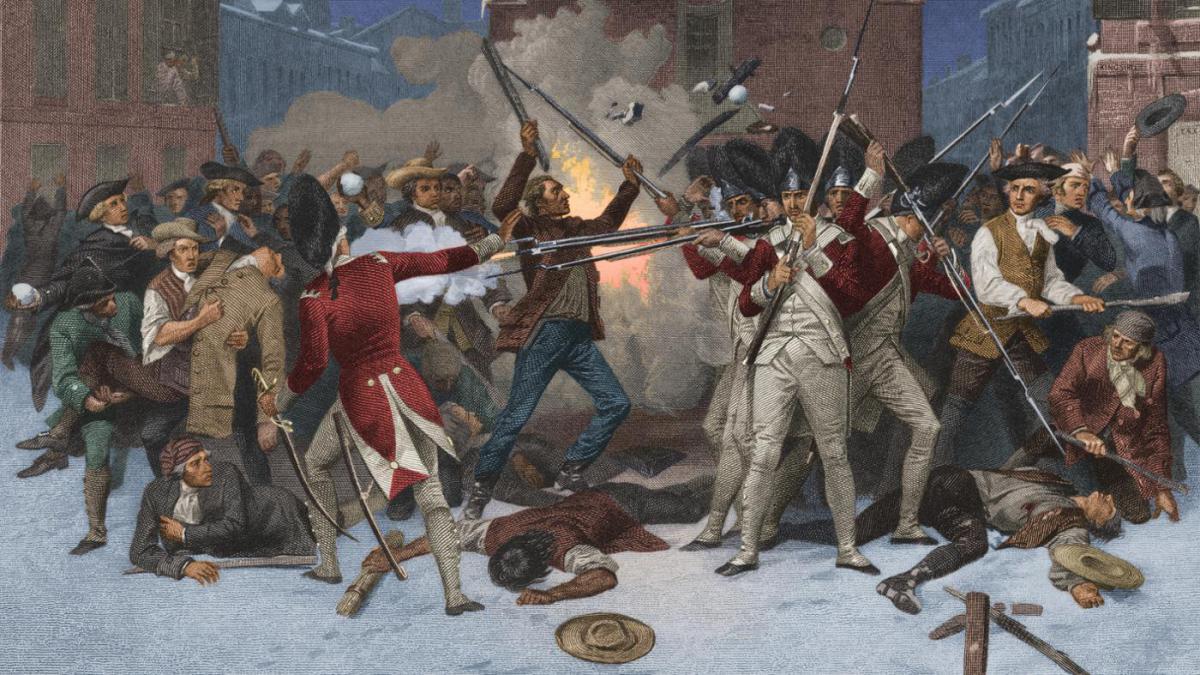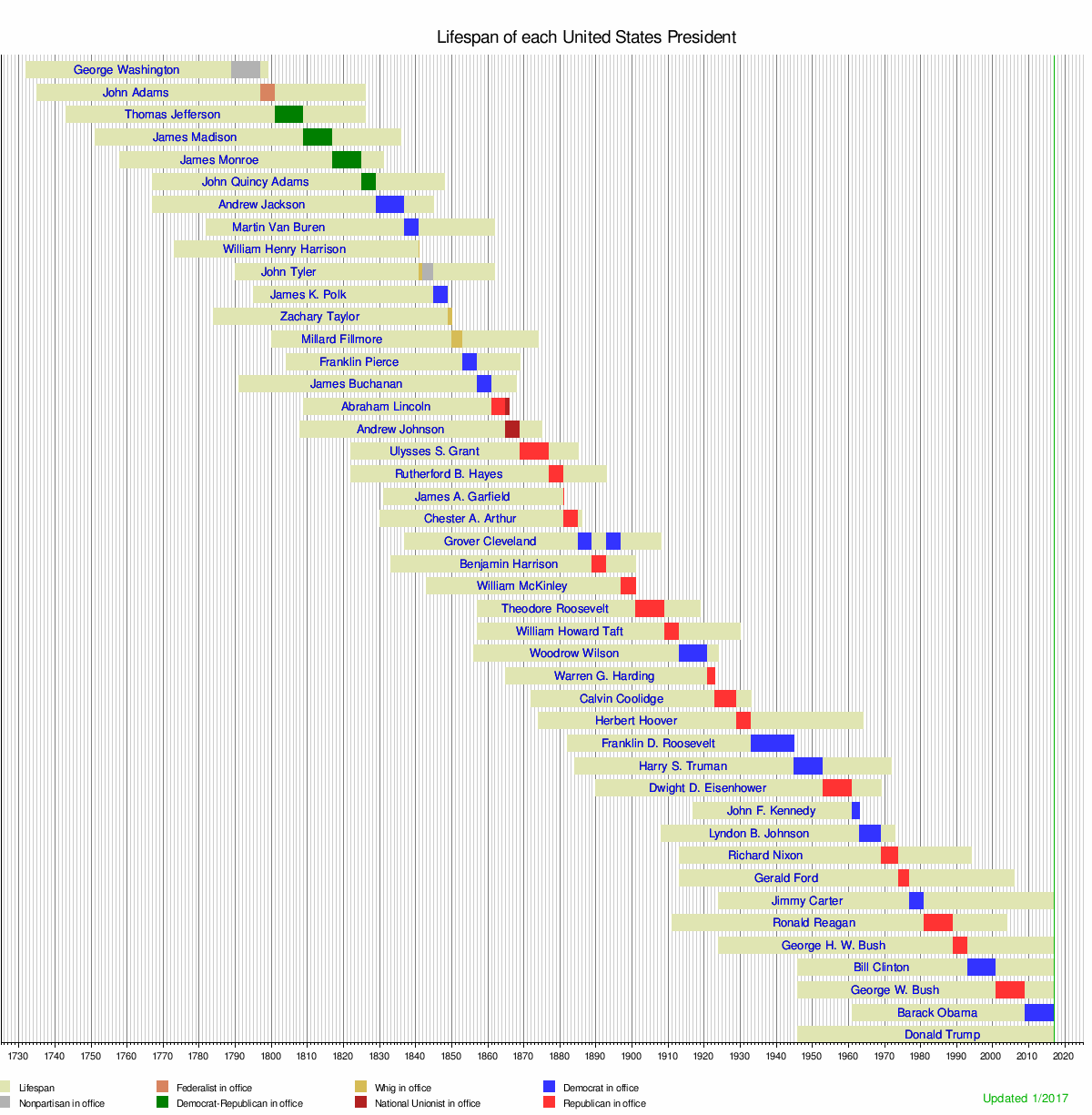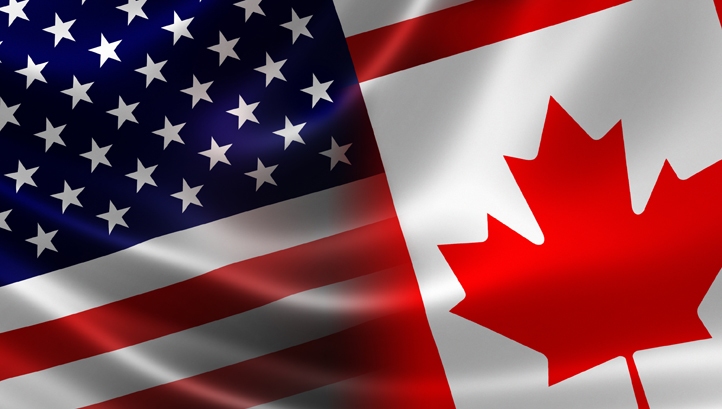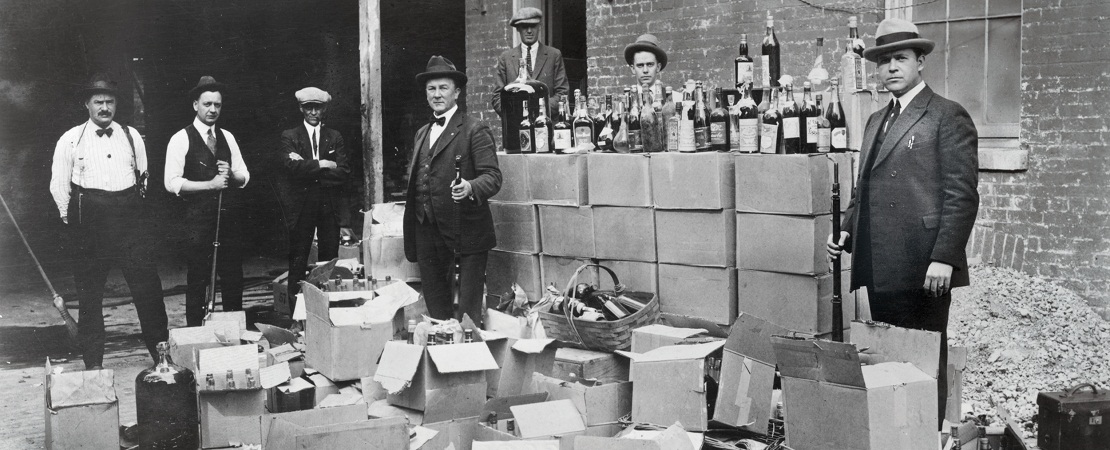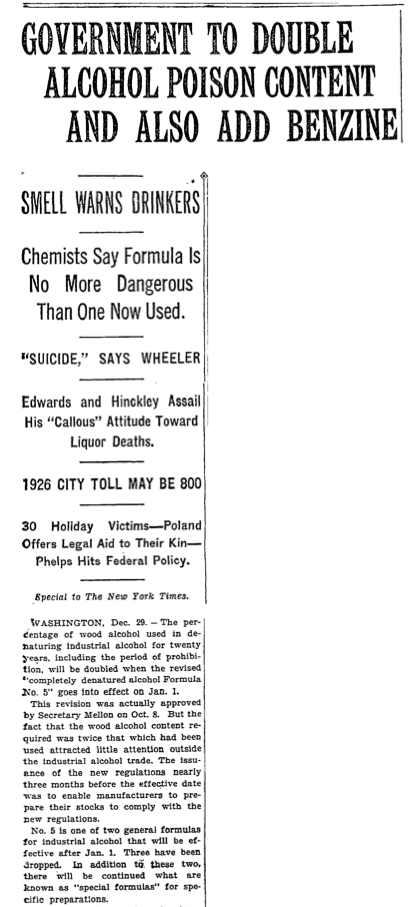Anonymous Account of the Boston Massacre 13 March 1770
A Short Narrative of the Horrid Massacre in Boston. Printed by Order of the Town of Boston. Re-published with Notes and Illustrations hy John Doggett, Jr., (New York, 1849), vp. 13-19; 21- 22; 28-30.
THE HORRID MASSACRE IN BOSTON, PERPETRATED IN THE EVENING OF THE FIFTH DAY OF MARCH, 1770, BY SOLDIERS OF THE TWENTY-NINTH REGIMENT WHICH WITH THE FOURTEENTH REGIMENT WERE THEN QUARTERED THERE; WITH SOME OBSERVATIONS ON THE STATE OF THINGS PRIOR TO THAT CATASTROPHE
It may be a proper introduction to this narrative, briefly to represent the state of things for some time previous to the said Massacre; and this seems necessary in order to the forming a just idea of the causes of it.
At the end of the late [French and Indian] war, in which this province bore so distinguished a part, a happy union subsisted between Great Britain and the colonies. This was unfortunately interrupted by the Stamp Act; but it was in some measure restored by the repeal of it. It was again interrupted by other acts of parliament for taxing America; and by the appointment of a Board of Commissioners, in pursuance of an act, which by the face of it was made for the relief and encouragement of commerce, but which in its operation, it was apprehended, would have, and it has in fact had, a contrary effect. By the said act the said Commissioners were “to be resident in some convenient part of his Majesty’s dominions in America.” This must be understood to be in some part convenient for the whole. But it does not appear that, in fixing the place of their residence, the convenience of the whole was at all consulted, for Boston, being very far from the centre of the colonies, could not be the place most convenient for the whole. Judging by the act, it may seem this town was intended to be favored, by the Commissioners being appointed to reside here; and that the consequence of that residence would be the relief and encouragement of commerce; but the reverse has been the constant and uniform effect of it; so that the commerce of the town, from the embarrassments in which it has been lately involved, is greatly reduced.
The residence of the Commissioners here has been detrimental, not only to the commerce, but to the political interests of the town and province; and not only so, but we can trace from it the causes of the late horrid massacre. Soon after their arrival here in November, 1767, instead of confining themselves to the proper business of their office, they became partizans of Governor Bernard in his political schemes; and had the weakness and temerity to infringe upon one of the most essential rights of the house of commons of this province-that of giving their votes with freedom, and not being accountable therefor but to their constituents. One of the members of that house, Capt. Timothy Folgier, having voted in some affair contrary to the mind of the said Commissioners, was for so doing dismissed from the office he held under them.
These proceedings of theirs, the difficulty of access to them on office-business, and a supercilious behavior, rendered them disgustful to people in general, who in consequence thereof treated them with neglect. This probably stimulated them to resent it; and to make their resentment felt, they and their coadjutor, Governor Bernard, made such representations to his Majesty’s ministers as they thought best calculated to bring the displeasure of the nation upon the town and province; and in order that those representations might have the more weight, they are said to have contrived and executed plans for exciting disturbances and tumults, which otherwise would probably never have existed; and, when excited, to have transmitted to the ministry the most exaggerated accounts of them.
Unfortunately for us, they have been too successful in their said representations, which, in conjunction with Governor Bernard’s, have occasioned his Majesty’s faithful subjects of this town and province to be treated as enemies and rebels, by an invasion of the town by sea and land; to which the approaches were made with all the circumspection usual where a vigorous opposition is expected. While the town was surrounded by a considerable number of his Majesty’s ships of war, two regiments landed and took possession of it; and to support these, two other regiments arrived some time after from Ireland; one of which landed at Castle Island, and the other in the town.
Thus were we, in aggravation of our other embarrassments, embarrassed with troops, forced upon us contrary to our inclination-contrary to the spirit of Magna Charta-contrary to the very letter of the Bill of Rights, in which it is declared, that the raising or keeping a standing army within the kingdom in time of peace, unless it be with the consent of parliament, is against law, and without the desire of the civil magistrates, to aid whom was the pretence for sending the troops hither; who were quartered in the town in direct violation of an act of parliament for quartering troops in America; and all this in consequence of the representations of the said Commissioners and the said Governor, as appears by their memorials and letters lately published.
As they were the procuring cause of troops being sent hither, they must therefore be the remote and a blameable cause of all the disturbances and bloodshed that have taken place in consequence of that measure.
We shall next attend to the conduct of the troops, and to some circumstances relative to them. Governor Bernard without consulting the Council, having given up the State House to the troops at their landing, they took possession of the chambers, where the representatives of the province and the courts of law held their meetings; and (except the council-chamber) of all other parts of that house; in which they continued a considerable time, to the great annoyance of those courts while they sat, and of the merchants and gentlemen of the town, who had always made the lower floor of it their exchange. They [the merchants] had a right so to do, as the property of it was in the town; but they were deprived of that right by mere power. The said Governor soon after, by every stratagem and by every method but a forcibly entry, endeavored to get possession of the manufactory-house, to make a barrack of it for the troops; and for that purpose caused it to be besieged by the troops, and the people in it to be used very cruelly;
The General Court, at the first session after the arrival of the troops, viewed it in this light, and applied to Governor Bernard to cause such a nuisance to be removed; but to no purpose.
???????
the challenging the inhabitants by sentinels posted in all parts of the town before the lodgings of officers, which (for about six months, while it lasted), occasioned many quarrels and uneasiness.
Capt. Wilson, of the 59th, exciting the negroes of the town to take away their masters’ lives and property, and repair to the army for protection, which was fully proved against him. The attack of a party of soldiers on some of the magistrates of the town-the repeated rescues of soldiers from peace officers-the firing of a loaded musket in a public street, to the endangering a great number of peaceable inhabitants-the frequent wounding of persons by their bayonets and cutlasses, and the numerous instances of bad behavior in the soldiery, made us early sensible that the troops were not sent here for any benefit to the town or province, and that we had no good to expect from such conservators of the peace.
It was not expected, however, that such an outrage and massacre, as happened here on the evening of the fifth instant, would have been perpetrated. There were then killed and wounded, by a discharge of musketry, eleven of his Majesty’s subjects, viz.:
- Mr. Samuel Gray, killed on the spot by a ball entering his head.
- Crispus Attucks, a mulatto, killed on the spot, two balls entering his breast.
- Mr. James Caldwell, killed on the spot, by two balls entering his back.
- Mr. Samuel Maverick, a youth of seventeen years of age, mortally wounded; he died the next morning.
- Mr. Patrick Carr mortally wounded; he died the 14th instant.
- Christopher Monk and John Clark, youths about seventeen years of age, dangerously wounded. It is apprehended they will die.
- Mr. Edward Payne, merchant, standing at his door; wounded.
- Messrs. John Green, Robert Patterson, and David Parker; all danger- ously wounded.
The actors in this dreadful tragedy were a party of soldiers commanded by Capt. Preston of the 29th regiment. This party, including the Captain, consisted of eight, who are all committed to jail.
There are depositions in this affair which mention, that several guns were fired at the same time from the Custom-house; before which this shocking scene was exhibited. Into this matter inquisition is now making. In the meantime it may be proper to insert here the substance of some of those depositions.
Benjamin Frizell, on the evening of the 5th of March, having taken his station near the west corner of the Custom-house in King street, before and at the time of the soldiers firing their guns, declares (among other things) that the first discharge was only of one gun, the next of two guns, upon which he the deponent thinks he saw a man stumble; the third discharge was of three guns, upon which he thinks he saw two men fall; and immediately after were discharged five guns, two of which were by soldiers on his right hand; the other three, as appeared to the deponent, were discharged from the balcony, or the chamber window of the Custom-house, the flashes appearing on the left hand, and higher than the right hand flashes appeared to be, and of which the deponent was very sensible, although his eyes were much turned to the soldiers, who were all on his right hand.
What gave occasion to the melancholy event of that evening seems to have been this. A difference having happened near Mr. Grays ropewalk, between a soldier and a man belonging to it, the soldier challenged the ropemakers to a boxing match. The challenge was accepted by one of them, and the soldier worsted. He ran to the barrack in the neighborhood, and returned with several of his companions. The fray was renewed, and the soldiers were driven off. They soon returned with recruits and were again worsted. This happened several times, till at length a considerable body of soldiers was collected, and they also were driven off, the ropemakers having been joined by their brethren of the contiguous ropewalks. By this time Mr. Gray being alarmed interposed, and with the assistance of some gentlemen prevented any further disturbance. To satisfy the soldiers and punish the man who had been the occasion of the first difference, and as an example to the rest, he turned him out of his service; and waited on Col. Dalrymple, the commanding officer of the troops, and with him concerted measures for preventing further mischief. Though this affair ended thus, it made a strong impression on the minds of the soldiers in general, who thought the honor of the regiment concerned to revenge those repeated repulses. For this purpose they seem to have formed a combination to commit some outrage upon the inhabitants of the town indiscriminately; and this was to be done on the evening of the 5th instant or soon after; as appears by the depositions of the following persons, viz.:
William Newhall declares, that on Thursday night the 1st of March instant, he met four soldiers of the 29th regiment, and that he heard them say, “there were a great many that would eat their dinners on Monday next, that should not eat any on Tuesday.” <
Daniel Calfe declares, that on Saturday evening the 3d of March, a camp-woman, wife to James McDeed, a grenadier of the 29th, came into his father’s shop, and the people talking about the affrays at the ropewalks, and blaming the soldiers for the part they had acted in it, the woman said, “the soldiers were in the right;” adding, “that before Tuesday or Wednesday night they would wet their swords or bayonets in New England people’s blood.”
Samuel Drowne declares that, about nine o’clock of the evening of the fifth of March current, standing at his own door in Cornhill, he saw about fourteen or fifteen soldiers of the 29th regiment, who came from Murray’s barracks, armed with naked cutlasses, swords, &c., and came upon the inhabitants of the town, then standing or walking in Coruhffl, and abused some, and violently assaulted others as they met them; most of whom were without so much as a stick in their hand to defend themselves, as he very clearly could discern, it being moonlight, and himself being one of the assaulted persons. All or most of the said soldiers he saw go into King street (some of them through Royal Exchange lane), and there followed them, and soon discovered them to be quarrelling and fighting with the people whom they saw there, which he thinks were not more than a dozen, when the soldiers came first, armed as aforesaid. Of those dozen people, the most of them were gentlemen, standing together a little below the Town House, upon the Exchange. At the appearance of those soldiers so armed, the most of the twelve persons went off, some of them being first assaulted.
The violent proceedings of this party, and their going into King street, “quarrelling and fighting with the people whom they saw there” (mentioned in Mr. Drowne’s deposition), was immediately introductory to the grand catastrophe.
These assailants, who issued from Murray’s barracks (so called), after attacking and wounding divers persons in Cornhill, as abovementioned, being armed, proceeded (most of them) up the Royal Exchange lane into King street; where, making a short stop, and after assaulting and driving away the few they met there, they brandished their arms and cried out, “where are the boogers! where are the cowards!” At this time there were very few persons in the street beside themselves. This party in proceeding from Exchange lane into King street, must pass the sentry posted at the westerly corner of the Custom House, which butts on that lane and fronts on that street. This is needful to be mentioned, as near that spot and in that street the bloody tragedy was acted, and the street actors in it were stationed: their station being but a few feet from the front side of the said Custom House. The outrageous behavior and the threats of the said party occasioned the ringing of the meeting-house bell near the head of King street, which bell ringing quick, as for fire, it presently brought out a number of inhabitants, who being soon sensible of the occasion of it, were naturally led to King street, where the said party had made a stop but a little while before, and where their stopping had drawn together a number of boys, round the sentry at the Custom House. whether the boys mistook the sentry for one of the said party, and thence took occasion to differ with him, or whether he first affronted them, which is affirmed in several depositions,-however that may be, there was much foul language between them, and some of them, in consequence of his pushing at them with his bayonet, threw snowballs at him, which occasioned him to knock hastily at the door of the Custom House. From hence two persons thereupon proceeded immediately to the main-guard, which was posted opposite to the State House, at a small distance, near the head of the said street. The officer on guard was Capt. Preston, who with seven or eight soldiers, with fire-arms and charged bayonets, issued from the guardhouse, and in great haste posted himself and his soldiers in front of the Custom House, near the corner aforesaid. In passing to this station the soldiers pushed several persons with their bayonets, driving through the people in so rough a manner that it appeared they intended to create a disturbance. This occasioned some snowballs to be thrown at them which seems to have been the only provocation that was given. Mr. Knox (between whom and Capt. Preston there was some conversation on the spot) declares, that while he was talking with Capt. Preston, the soldiers of his detachment had attacked the people with their bayonets and that there was not the least provocation given to Capt. Preston of his party; the backs of the people being toward them when the people were attacked. He also declares, that Capt. Preston seemed to be in great haste and much agitated, and that, according to his opinion, there were not then present in King street above seventy or eighty persons at the extent.
The said party was formed into a half circle; and within a short time after they had been posted at the Custom House, began to fire upon the people.
Captain Preston is said to have ordered them to fire, and to have repeated that order. One gun was fired first; then others in succession and with deliberation, till ten or a dozen guns were fired; or till that number of discharges were made from the guns that were fired. By which means eleven persons were killed and wounded, as above represented.
There also is a British account by Captain Thomas Preston’s of the Boston Massacre, which takes a rather different point of view
